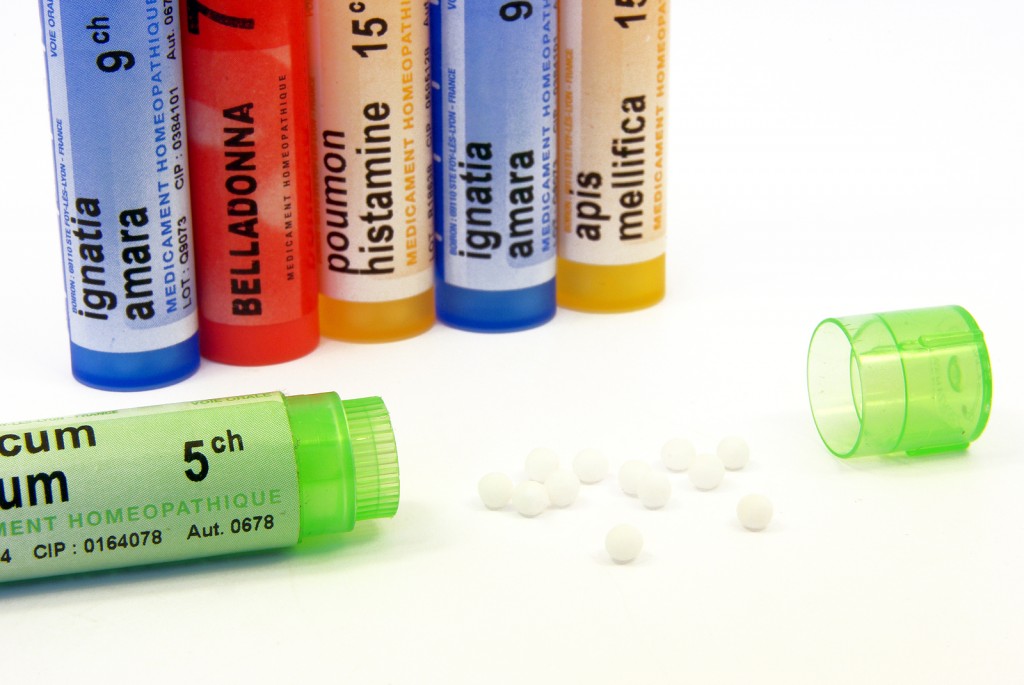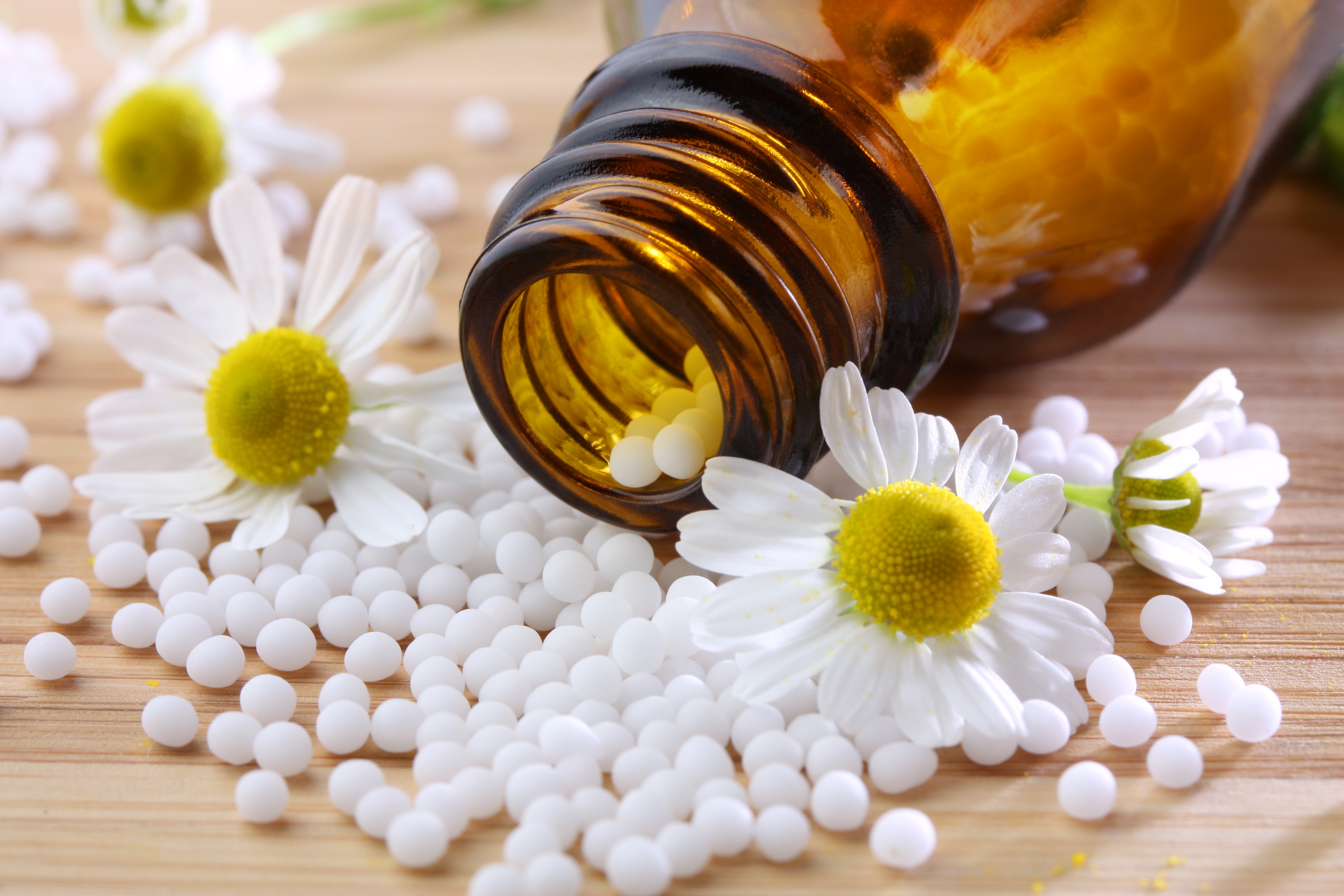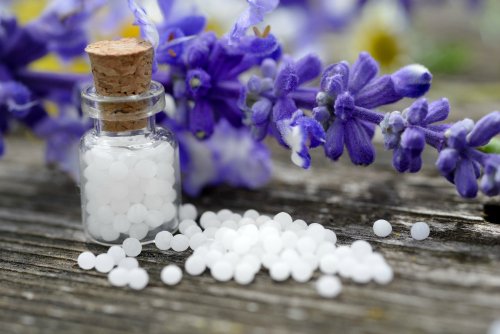Breastfeeding
Over 70% of all Mothers with newborns in the U.S., currently breastfeed their babies, and that percentage is growing – and for good reason. There is a tremendous amount of evidence that Breastfeeding improves immune function in infants. According to the U.S. Surgeon General’s 2011 report, compared with Breastfed infants, babies who drink formula are more prone to ear infections and diarrhea in the first six-months and face a higher lifetime risk of asthma, obesity, Type-2 diabetes and other health problems.

However, Breastfeeding often presents some challenges for new Moms, such as nipple pain/cracking, engorgement (swelling and discomfort with soreness of the nipples), mastitis, and/or inadequate or excessive milk supply. These challenges can be incredibly frustrating and even result in new Moms discontinuing Breastfeeding entirely.
As a Classical Homeopath and IBCLC Lactation Consultant, I believe it is very important to introduce Homeopathy to Breastfeeding Moms. Homeopathy can be tremendously helpful in addressing these challenges and help to make the Breastfeeding experience more enjoyable for all.
Plus, Homeopathic remedies are safe for Breastfeeding Moms and Infants, without a risk of negative or dangerous side effects.
When choosing a Homeopathic remedy, one should examine the breasts to see if there is any discoloration or visible swelling or anything unusual about the nipples. The texture and appearance of the milk produced should also be examined. Finally, observe whether the child has any problems with feeding.

Here are a few of the Breastfeeding challenges new Moms may struggle with and some of the common remedies to consider for them:
Cracked/Sore Nipples
Graphites: the cracks are itchy; may be oozing a honey-like discharge.
Nitricum acidum: for bleeding and painful cracks.
Phytolacca: For sore, cracked nipples, which hurt when the baby nurses. One of the most commonly used remedies for mastitis, especially where the pains radiate from the affected area and the breast is hard and lumpy. The patient may feel heavy with flu like symptoms, or may have a breast abscess threatening.
Mastitis/Painful Breasts/Clogged Ducts
Belladonna: Sudden onset with intense symptoms. Worse on the right side. Breast(s) is red, hot and hard and can be marked by red streaks. The patient is very uncomfortable being touched or jarred and may have a craving for lemons or lemonade.
Bryonia: Breasts are very painful with motion and the patient is quite irritable. While the breasts are hot and painful as well as hard they are not as red as with Belladonna. Problem can be worse around 9:00PM. Mucus membranes of patient may also be dry (lips, etc.) and they may complain of pains and aches all over. They are worse from any motion and better from pressure to the breast. They also tend to be very thirsty.
Calcarea carb: Breasts can be hot and swollen but pale in color. The patient will complain of being chilly with a tendency to perspire in fact they can perspire even when cold. There may be production of excess watery milk or deficiency of milk. The milk may also disagree with the child. The woman is worse from exertion or a cold room and has a strong craving for eggs and a strong desire for dairy including cheese. Warmth makes the patient feel better.
Phytolacca: For sore, cracked nipples, which hurt when the baby nurses. One of the most commonly used remedies for mastitis, especially where the pains radiate from the affected area and the breast is hard and lumpy. The patient may feel heavy with flu like symptoms, or may have a breast abscess threatening.
Pulsatilla: Breast milk can be watery, suppressed or blocked or flow profusely. The flow may also be quite variable. The patient tends to have symptoms that change often. They also tend to be yielding in nature and easily brought to tears with a warm personality. They can cry while nursing the baby. Patient is worse in a warm room and much better in open air. They are also thirstless.
Urtica urens: No breast milk is produced at all and there does not seem to be a cause for the problem. Breasts can be swollen with stinging pains like the sting of a bee. The breasts may also itch. Patient can also experience a stinging or itching rash. There is an aggravation from cold and cold bathing.

Milk Supply Problems
Calcarea carb: Breasts can be hot and swollen but pale in color. The patient will complain of being chilly with a tendency to perspire in fact they can perspire even when cold. There may be production of excess watery milk or deficiency of milk. The milk may also disagree with the child. The woman is worse from exertion or a cold room and has a strong craving for eggs and a strong desire for dairy including cheese. Warmth makes the patient feel better.
Lac caninum: will address milk flow issues that switch from side to side. The patient may feel a conflict between nursing and the sexuality of her breasts.
Pulsatilla: Breast milk can be watery, suppressed or blocked or flow profusely. The flow may also be quite variable. The patient tends to have symptoms that change often. They also tend to be yielding in nature and easily brought to tears with a warm personality. They can cry while nursing the baby. Patient is worse in a warm room and much better in open air. They are also thirstless.
Ricinus communis: can help increase milk secretion. Make sure to use in the right potency because different potencies of Ricinus act differently in the body – 6C improves milk secretion while 30C reduces milk supply and is used for weaning.
Urtica urens: No breast milk is produced at all and there does not seem to be a cause for the problem. Breasts can be swollen with stinging pains like the sting of a bee. The breasts may also itch. Patient can also experience a stinging or itching rash. There is an aggravation from cold and cold bathing.
Weaning

When to wean is a personal decision. To allow both mom and baby to adjust physically and emotionally to the change, weaning should be a gradual process. Weaning is easier and painless if you take Homeopathic medicines. They decrease the milk supply, thus relieving the swelling of the breasts and the pain. The most commonly used Homeopathic medicines for weaning include:
Lac caninum: use a 30C potency.
Pulsatilla: use a 30C potency.
Ricinus communis: Use a 30C potency. Make sure to use in the right potency because different potencies of Ricinus exert a different action – 6C improves milk secretion while 30C reduces milk supply and is used for weaning.
Learn how much to take and how often to take a remedy.
Note: The information here is not intended to replace medical advice offered by your Health Care Provider, IBCLC Lactation Consultant or Homeopath.
Please see your health care professional.
See also: www.classichomeopath.com
Resources:
National Center for Homeopathy
27 Responses
Sore Nipples | Lactation-911
[…] *Homeopathic Medicine is safe for Mother’s and Babies and can be very effective in treating Vasospasm or Raynaud’s. Please see your Classical Homeopath for more information on a Homeopathic Remedy that is right for you! http://www.classichomeopath.com http://www.lactation-911.com/homeopathy-and-breastfeeding/ […]
Engorgement | Lactation-911
[…] *Homeopathy is safe and effective while Breastfeeding. Please see also: http://www.classichomeopath.com http://www.lactation-911.com/homeopathy-and-breastfeeding/ […]
Galactagogues (substances used to increase milk supply) | Lactation-911
[…] *Homeopathy is safe and effective while Breastfeeding. Please see also: http://www.classichomeopath.com http://www.lactation-911.com/homeopathy-and-breastfeeding/ […]
Increasing Your Milk Supply | Lactation-911
[…] *Homeopathy is safe and effective while Breastfeeding. Homeopathy is often useful in situations of low-milk supply and/or over-supply. This is a helpful modality of healing for new Mothers, as it is completely safe while breastfeeding and for babies and children. Please see also: http://www.classichomeopath.com http://www.lactation-911.com/homeopathy-and-breastfeeding/ […]
Common Breastfeeding Questions and Answers | Lactation-911
[…] *Homeopathy is safe and effective while Breastfeeding. Please see also: http://www.classichomeopath.com http://www.lactation-911.com/homeopathy-and-breastfeeding/ […]
Breastfeeding Linked with Healthier Babies and Healthier Mothers | Lactation-911
[…] *Homeopathy is safe and effective while Breastfeeding. Please see also: http://www.classichomeopath.com http://www.lactation-911.com/homeopathy-and-breastfeeding/ […]
Cosleeping and Biological Imperatives: Why Human Babies Do Not and Should Not Sleep Alone | Lactation-911
[…] *Homeopathy is safe and effective while Breastfeeding. Please see also: http://www.classichomeopath.com http://www.lactation-911.com/homeopathy-and-breastfeeding/ […]
Debunking Breastfeeding Myths | Lactation-911
[…] *Homeopathy is safe and effective while Breastfeeding. Please see also: http://www.classichomeopath.com http://www.lactation-911.com/homeopathy-and-breastfeeding/ […]
It pays to breastfeed! | Lactation-911
[…] *Homeopathy is safe and effective while Breastfeeding. Please see also: http://www.classichomeopath.com http://www.lactation-911.com/homeopathy-and-breastfeeding/ […]
Oxytocin – 15 Fascinating Facts About ‘The Hormone Of Love’ | Lactation-911
[…] *Homeopathy is safe and effective while Breastfeeding. Please see also: http://www.classichomeopath.com http://www.lactation-911.com/homeopathy-and-breastfeeding/ […]
Want a Brighter Baby? Feed on Demand, Not on a Schedule | Lactation-911
[…] *Homeopathy is safe and effective while Breastfeeding. Please see also: http://www.classichomeopath.com http://www.lactation-911.com/homeopathy-and-breastfeeding/ […]
Labor and Childbirth with Homeopathy - Classical Homeopathy | Classical Homeopathy
[…] *Homeopathy is also safe and effective while Breastfeeding! Homeopathy is often useful in situations such as low-milk supply and/or over-supply, sore nipples, breast infection, weaning, etc.. This is a helpful modality of healing for new Mothers, as it is completely safe while breastfeeding, and for babies and children. Please see also: http://www.lactation-911.com/ http://www.lactation-911.com/homeopathy-and-breastfeeding/ […]
10 Remedies Homeopaths Use to Treat Flu-like Symptoms - Classical Homeopathy | Classical Homeopathy
[…] http://www.lactation-911.com/homeopathy-and-breastfeeding […]
Why Famous People Love Homeopathy - Classical Homeopathy | Classical Homeopathy
[…] http://www.lactation-911.com/homeopathy-and-breastfeeding […]
"I don't know how, but Homeopathy really does work" - Classical Homeopathy | Classical Homeopathy
[…] http://www.lactation-911.com/homeopathy-and-breastfeeding […]
Classic Homeopath Receives 2015 Best of Portland Award - Classical Homeopathy | Classical Homeopathy
[…] http://www.lactation-911.com/homeopathy-and-breastfeeding […]
Do vaccines cause Autism? - Classical Homeopathy | Classical Homeopathy
[…] http://www.lactation-911.com/homeopathy-and-breastfeeding […]
Homeopathy the Best Answer to Asthma - Classical Homeopathy | Classical Homeopathy
[…] http://www.lactation-911.com/homeopathy-and-breastfeeding […]
10 Good Reasons to Use Homeopathy! - Classical Homeopathy | Classical Homeopathy
[…] http://www.lactation-911.com/homeopathy-and-breastfeeding […]
Savvy Moms - Children and Drugs? - Classical Homeopathy | Classical Homeopathy
[…] http://www.lactation-911.com/homeopathy-and-breastfeeding […]
Weight Loss - Classical Homeopathy | Classical Homeopathy
[…] http://www.lactation-911.com/homeopathy-and-breastfeeding […]
WHO warns against 'post-antibiotic-era' ! - Classical Homeopathy | Classical Homeopathy
[…] http://www.lactation-911.com/homeopathy-and-breastfeeding […]
Painkiller usage reduced by 50 percent with Homeopathy - Classical Homeopathy | Classical Homeopathy
[…] http://www.lactation-911.com/homeopathy-and-breastfeeding […]
Luc Montagnier; Nobel Prize Winner - Homeopathy; Science-Based Medicine - Classical Homeopathy | Classical Homeopathy
[…] http://www.lactation-911.com/homeopathy-and-breastfeeding […]
Gastric Ulcers, Migraines- "Homeopathy Worked for Me" - Classical Homeopathy | Classical Homeopathy
[…] http://www.lactation-911.com/homeopathy-and-breastfeeding […]
Less Medicine is Best Medicine - Classical Homeopathy | Classical Homeopathy
[…] http://www.lactation-911.com/homeopathy-and-breastfeeding […]
Diana
, she didn’t breastfeed until she was a few weeks old. Being so pmruatere, she didn’t have the suck-swallow-breathe thing down! She was fed a mixture of formula and breast milk via NG tube and then to help her learn to suck, swallow, breathe she was fed a mix of formula and breast milk from a bottle. The fact that she was able to breastfeed after all of that was enough to make me want to keep nursing for as long as I could.I have friends who tandem breastfeed their infants and toddlers or who still nurse their 3 and 4 year olds when they nurse their infants. It’s not my place to judge. What works for one family doesn’t work for another. This goes for bottle and formula feeding and breastfeeding as well. We all have different reasons for doing the things we do. I know how hurt I was when a friend, who is a breastfeeding advocate told me, Well, my child never had a bottle and will never have a bottle. I am proud to say that both my kids were 100% breastfed . That’s nice. Good for you. I had full intentions on 100% breastfeeding. I had no idea I was going to deliver my baby 3 months early or that she would need to be fed via NG tube or bottle initially. I am proud that I was at least able to give her breast milk for her NG tube and bottle (even if it had to be mixed with a special formula created especially for her). The fact is that I was able to do just that and she eventually did nurse until 18 months.I think moms need to be more supportive and less judgmental. Being a mom is hard. Why bring each other down? Right?Thanks for posting this I’m sure moms out there would love to add their thoughts! Big squeezes for you and your little one! Hope to see you again soon! xoxox